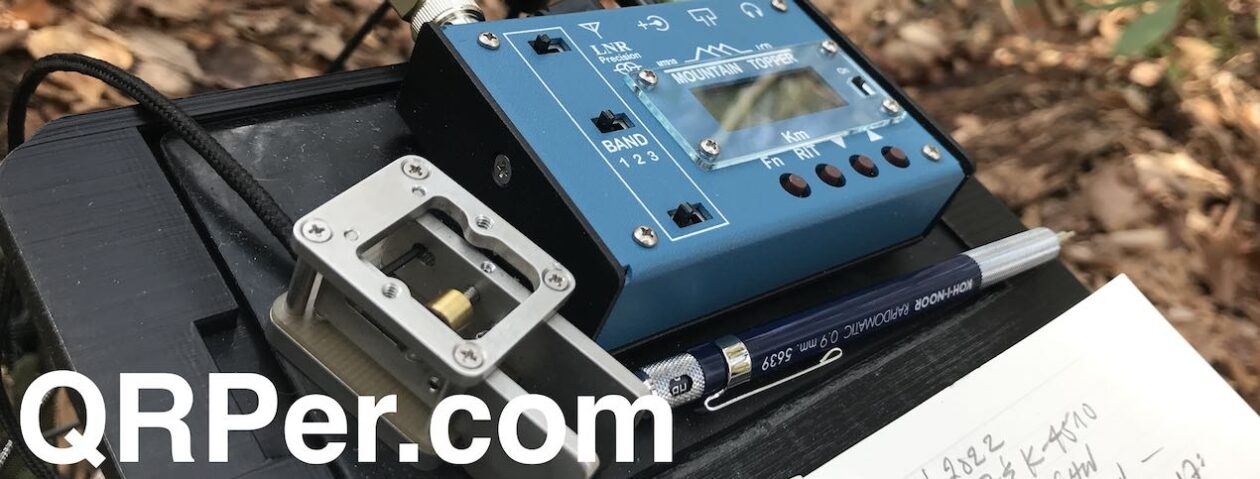(Source: Scott Robbins W4PA, Vibroplex)
Press Release – March 18, 2015
Bencher, Inc. of Antioch Illinois announced the sale today of the Bencher Amateur Radio product lines to Vibroplex, LLC of Knoxville, Tennessee. This sale ends Bencher’s presence in the amateur radio field, thus allowing the principals, Jere Benedict, President, and Bob Locher, (W9KNI) to move towards retirement.
The product lines sold include the Bencher BY series of Iambic Paddles, (the world’s best selling iambic paddle, with over 150,000 sold) as well as the ST series of single lever paddles, the Bencher Hex Paddle, the N2DAN Mercury Paddle, and the Bencher RJ series Hand Keys. Also included in the sale are the HK-1 Universal Hook-up kit and the YA-1 Low Pass Filter.
Vibroplex has agreed to honor the manufacturer’s warranties of all covered products, and to offer parts and support for these products as well.
Vibroplex will continue to offer the Bencher products through existing marketing channels.
Vibroplex may be contacted at http://www.vibroplex.com, or at (865) 309-5073.
Jere Benedict and Bob Locher wish to express their gratitude to the amateur radio community for its interest and support since the sale of the first Bencher amateur radio products in the early 1970’s.












